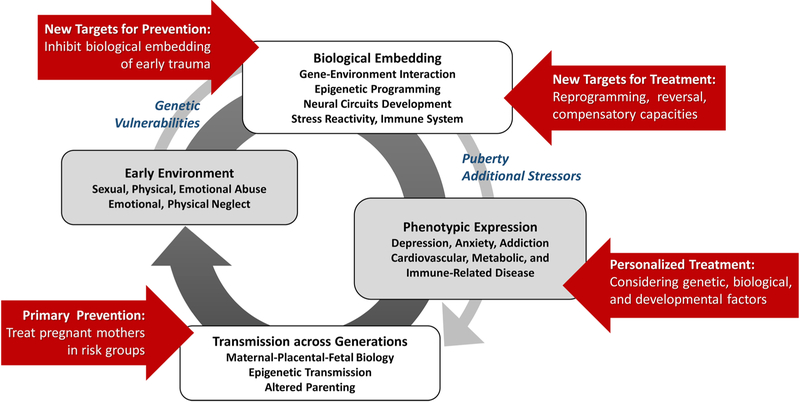Fig. 3. A Vicious Cycle of Biological Embedding of Early-Life Stress, Disease Manifestation, and Transgernerational Transmission: Deriving Specific Targets for Intervention.
Exposure to ELS likely leads to immediate processes of biological embedding. This biological embedding of ELS with subsequent dysregulation of stress response systems, metabolic dysregulation, and inflammation, may lead to structural and functional changes in brain regions critical for stress, emotional, and energy homeostatic regulation, as well as accelerated cellular ageing. These biological embedding trajectories will eventually lead to manifestation of clinical phenotypes, including adverse mental and physical health outcomes. Additional stressors or developmental processes during puberty may accentuate risk. Genetic and social-protective factors, such as social support, may moderate outcomes. The phenotypic manifestation of the biological embedding of ELS may be transmitted into the next generation, perhaps already in the fetal phase, forming a vicious cycle of maltreatment and adverse health outcomes. This model may provide a framework for developing and testing novel intervention strategies that target different stages of this vicious cycle.

